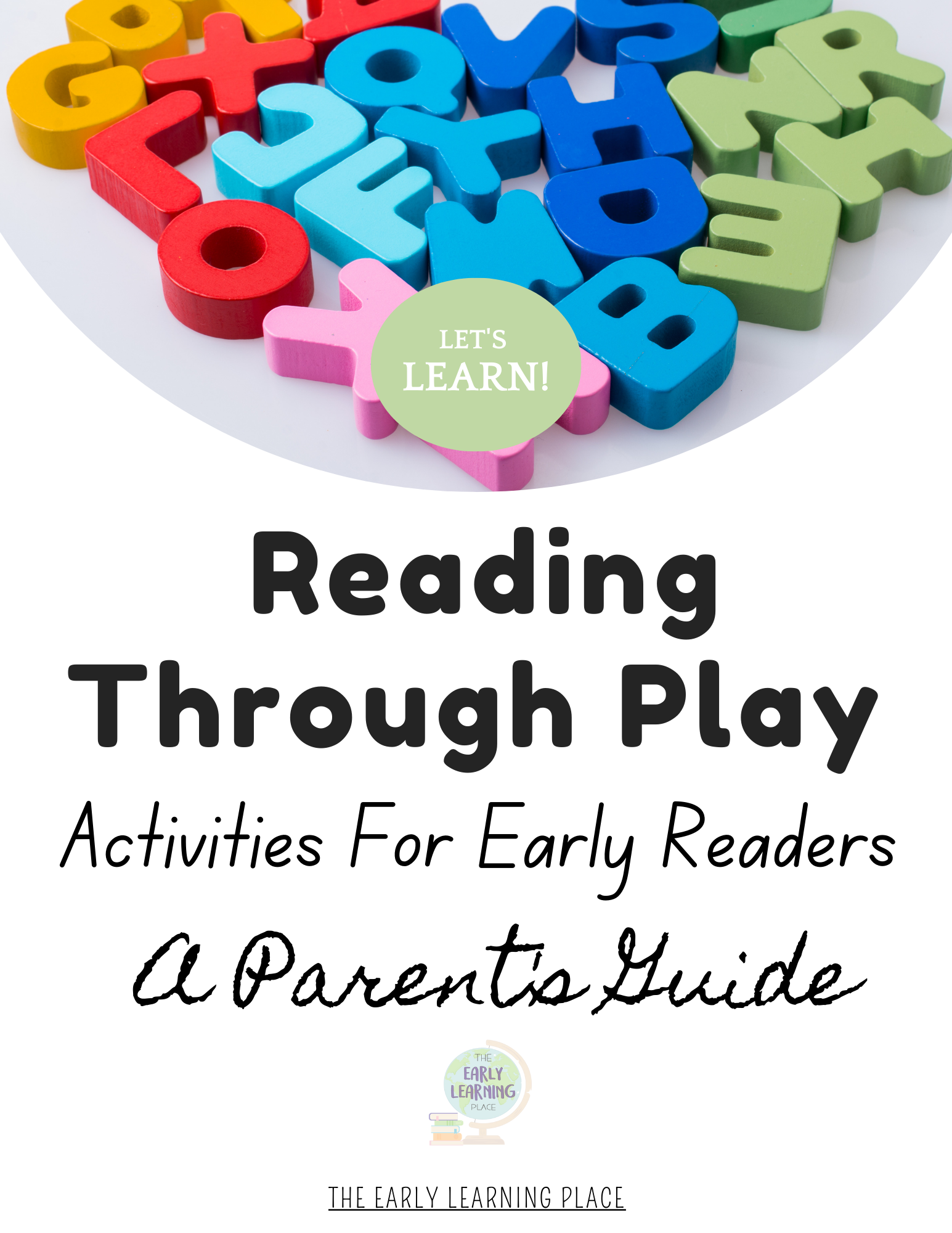From A to Z: Essential Tips for Teaching Letter Knowledge to Your Child
How can you help your kiddo develop letter knowledge?
If you are not sure what letter knowledge is read this first!
If you are wondering what letter knowledge is and when a child should work on it, check out my blog here.
Knowing a letter includes knowing its shape, its name, and its sound! This typically takes a lot of practice! Luckily, it is one of the most fun skills to incorporate into your daily routine!
In what order should I teach the letters?
a m s t p f
i n o d c u
g b e s k h r
l w j x qu v z
Keep track of the letters your child is practicing!
Keeping track of the letters your child has been exposed to and the ones they still need to learn can be a huge time saver!
When you are able to quickly identify the letters they are working on you can be more efficient when coming up with letter knowledge activities.
My Reading Through Play Activities for Early Readers guide for parents includes an alphabet tracker! It also gives you the exact steps you should take when introducing a new letter to your child, including exactly what to say!
Make it Multisensory!
Multisensory instruction is when kids use more than one sense at a time (taste, touch, sight, hearing, and movement).
When all four regions are activated during learning, synapses are being built and learning is much more effective.
Multisensory learning can be especially beneficial to children who are struggling to learn to read and write. You can read more about multisensory instruction here.
Here are a few fun ways to make letter learning multisensory and fun!
Use movement: Incorporating movement into phonics practice can help children engage their whole body in learning. For example, children can jump or hop to the sound of a particular letter or sound
Trace and Write letters: Writing sounds in the air using their dominant arm and big movements, in sand or colored rice (use a cookie sheet, paper plate, or low container), on foam or scrapbook paper, on the carpet, in shaving cream (can be messy but also cleans your table at the same time!), on sandpaper, or any fun surface!
Playdough: Use playdough to create letters and sounds. Children can roll the playdough into snakes and shape them into letters or use cookie cutters to create letter shapes.
Sensory Bins: Fill up a sensory bin with any material. Place some letter cards, letter tiles, or magnetic letters in it, and have your child hunt and find as many as they can!
Body Writing: Practice writing letters with your whole body by “skywriting.” They will use their whole arms and “write” the letters as big as they can!
Play tic tac toe: Just like regular tic tac toe but you have to SAY the letter name or sound before putting your marker on that spot.
Incorporate it into your daily life: Ask your child what sound they hear at the beginning or end of ANY word. Cooking? Use food words! Driving? Use what you see out the window! Shopping? Use items you see on the shelves!
My Reading Through Play Activities for Early Readers guide for parents includes the steps to successfully trace letters and gives you a ton of different edible ways to practice letters!
Just remember that Investing in your child's letter knowledge is an important step in helping them succeed in school and beyond!
If you are looking for easy, fun, and effective ways to give your child a strong foundation in reading, check out my Reading Through Play Activities for Early Reader. You can get your child foundational skills in just 5-10 minutes a day!
If you are looking for some play-based letter knowledge activities check out my Reading Through Play Activities for Early Readers.
3
If you are looking for some play-based letter knowledge activities check out my Reading Through Play Activities for Early Readers.










